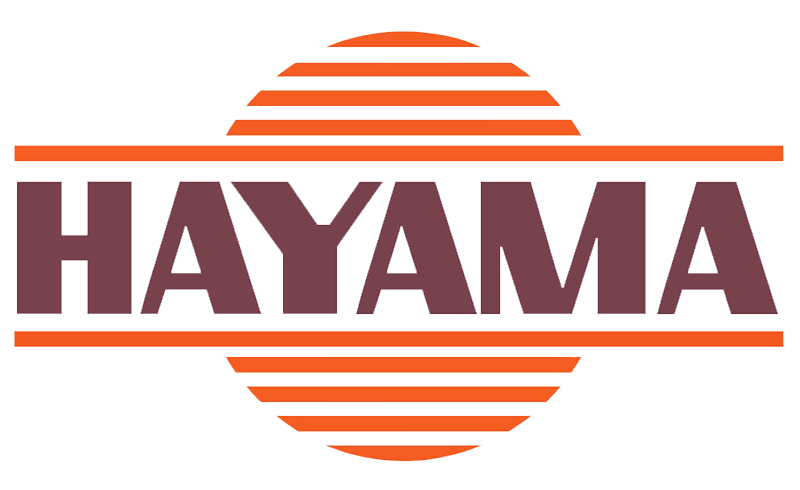
As you look around your surroundings, you will notice how many are made of metals. These items include utensils, coins, household appliances, medical equipment, gates and railings, and car parts– all of which give comfort to your everyday living. Companies, especially those in the manufacturing industry, also have important applications for fabricated products, as it contributes to seamless operations. Such products are made through a process called metal fabrication.
What is Metal Fabrication?
Metal fabrication is a manufacturing process used to form and turn metals into structured parts for a desired outcome. Each process requires skills and practice to shape the metal into a functional finished product. The various processes can be done either manually or mechanically through the use of metal fabrication machines.
How does metal fabrication work? Let us take a closer look at the 7 different stages involved in metal fabrication.
7 Most Common Metal Fabrication Processes
1. Forging
It is a common metal fabrication process done by hand. The process utilizes forced compression wherein a piece of metal is struck with a hammer or a die, so it can be bent and formed until it reaches the required shape. To date, forging is still being used by blacksmiths and fabricators for their pieces of work.
2. Casting
In casting, the molten metal is poured into a mold, then left to cool and solidify into a specific shape. It is one of the oldest types of metal fabrication techniques. This is popularly used in mass production, since the same mold can be used several times showing minimal difference from the prototype or earlier finished products. The most common metals used in this approach are steel, copper, gold, silver, magnesium, and iron.
3. Cutting
With this approach, sheets of metal are split into several pieces to make smaller sections. In most instances, the metal for cutting is newly made, then formed into something specific. At times, metals are first pre shaped before it is subjected for cutting. Metal may be cut through lasers, power scissors, or plasma arcs. And not to mention sawing, which is the oldest form of splicing metal.
4. Extrusion
This metal fabrication process makes cylindrical-shaped items that are commonly used in piping or wiring. The metal is inserted between a precisely crafted open or closed die. This decreases the diameter of the piece of metal to match the size of the cross-section of the die. A cavity is later produced inside the piece by pressing around a die.
5. Stamping
The process creates dents in a metal sheet with the use of a press or handheld hammer. It elevates some portions of metal without penetration. This is commonly used to form shapes, letters, numbers, or images. This type of metal fabrication process is similar to relief-carving done in wood or marble.
6. Punching
It allows the puncturing of holes onto the piece of metal that is positioned under the die. The punch presses contain specifically designed turrets that directly hit the metal through a die and produce holes in precise spots. Punching can be used in both light and heavy metalwork.
7. Welding
Welding is a staple metal fabrication process among crafts enthusiasts. It joins several pieces of metals together through the combined effect of heat and pressure. The pieces of metal can range from panel to spare parts; from boulders to bars; and from sheets to shapes. A weld is often done through the application of heat along the points where the two metals must be attached.
ALSO READ: The Essential Guide to Choosing Conveyor Systems
Through the various stages of metal fabrication processes discussed, countless products useful to everyday living are produced. And it is evident how the lives of people have become more convenient because of these products. Although its method has evolved with the times, metal fabrication continues to be the base technology in producing safe and sturdy metal items.
Hayama Industrial Corporation is a 100% Filipino-owned company that has been supporting Philippine businesses with unparalleled manufacturing and fabrication solutions. Backed with more than four decades of experience, we are committed to providing our clients with solutions of world-class standards.
Are you in need of a trusted company that can assist you with all your fabrication concerns? Let Hayama be your business ally, as to provide lasting solutions is our passion.

Recent Comments